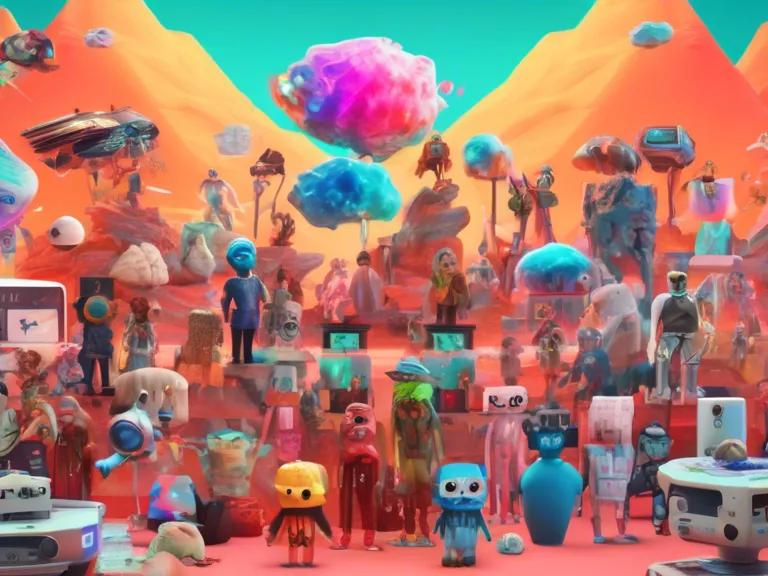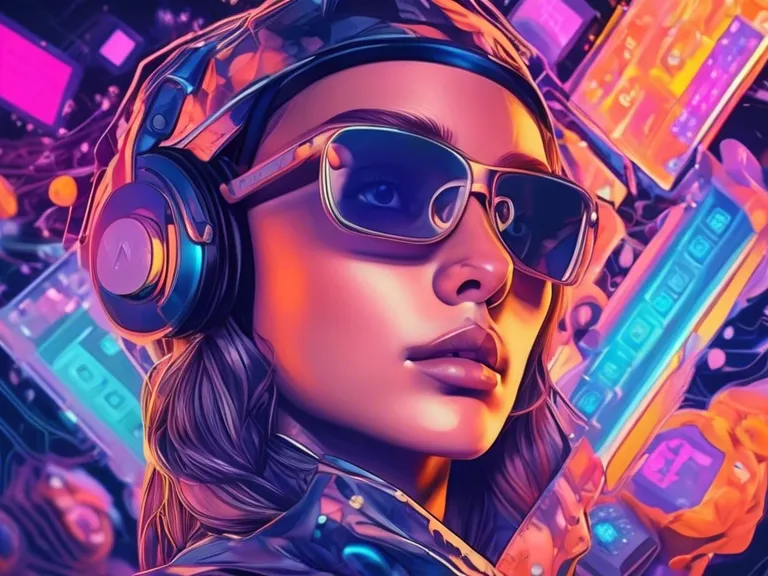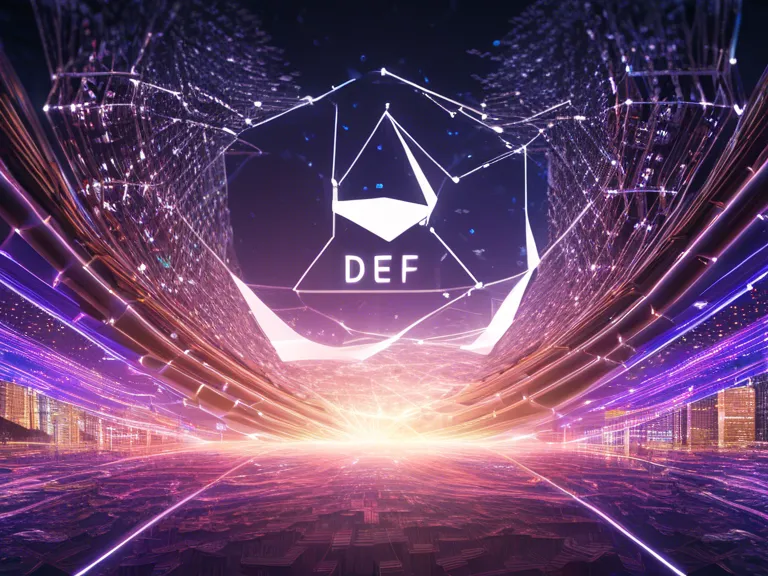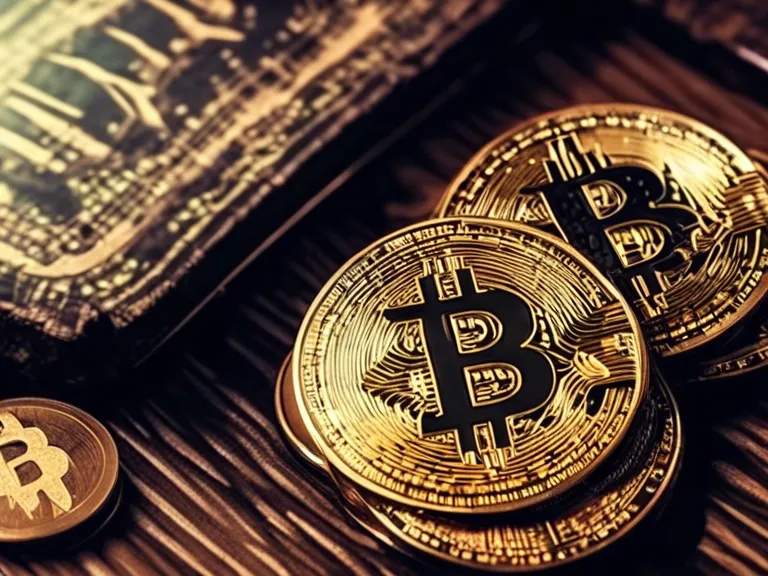
NFTs: The New Frontier of Digital Art and Collectibles
In recent years, a new phenomenon has been taking the art and collectibles world by storm - Non-Fungible Tokens (NFTs). NFTs are unique digital assets that represent ownership or proof of authenticity of a particular piece of digital art, music, video, or any other type of creative work. Unlike cryptocurrencies such as Bitcoin or Ethereum, each NFT is one-of-a-kind and cannot be exchanged on a like-for-like basis.
NFTs have opened up a whole new world of possibilities for artists and collectors alike. Artists can now tokenize their work, giving them a new stream of income and ensuring that their pieces are protected from unauthorized duplication. Collectors can now own unique pieces of digital art, with the blockchain technology behind NFTs ensuring the authenticity and provenance of each piece.
One of the key features of NFTs is the ability to prove ownership. Each NFT is stored on a blockchain, a decentralized and secure digital ledger, which records every transaction involving the NFT. This means that the provenance of a piece of digital art can be traced back to its original creator, giving it a sense of legitimacy and authenticity that was previously difficult to achieve in the digital art world.
NFTs have also created a new market for digital collectibles. From virtual trading cards to digital art pieces, collectors can now buy, sell, and trade unique digital assets with ease. This has led to a surge in interest from both collectors and artists, with some NFTs selling for tens of thousands, or even millions, of dollars.
Overall, NFTs represent a new frontier for digital art and collectibles. With the ability to tokenize and authenticate digital assets, NFTs have revolutionized the way we buy, sell, and own digital art. Whether you're an artist looking to monetize your work or a collector looking for unique pieces, NFTs offer an exciting new way to engage with the digital world.



